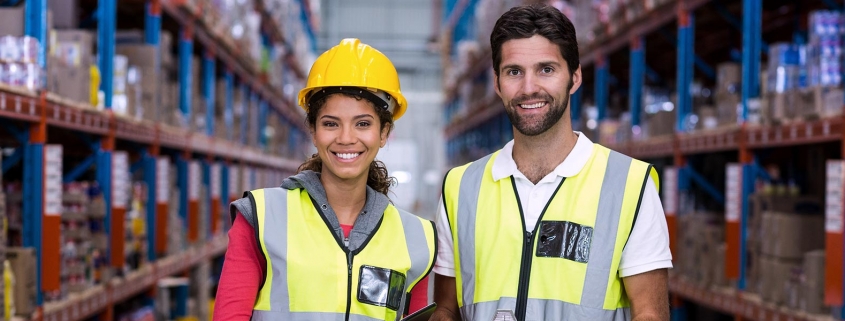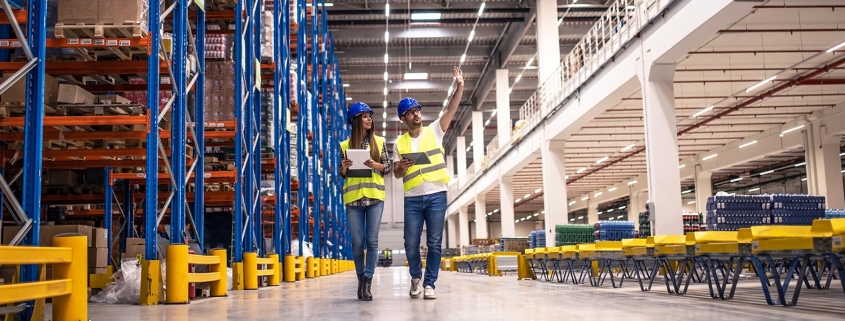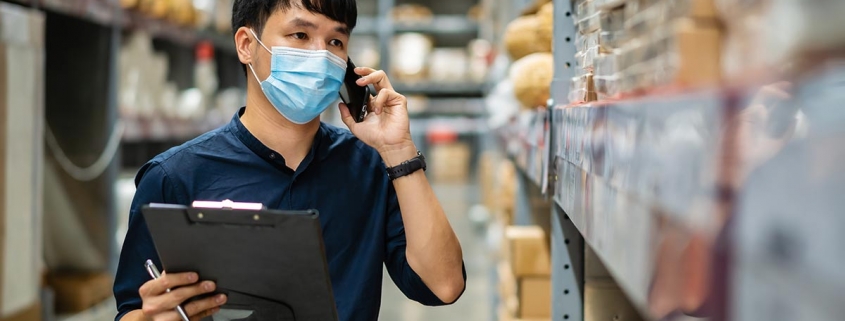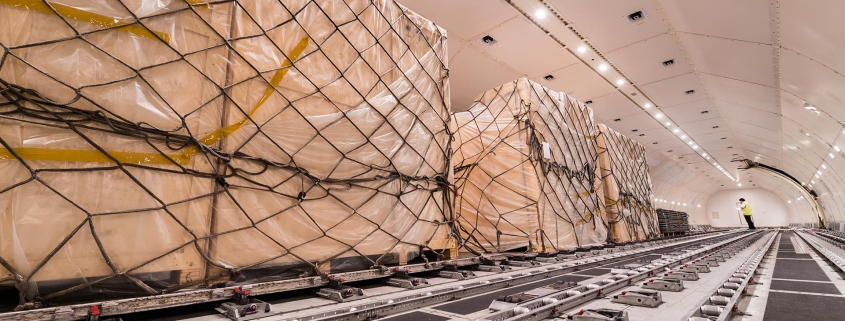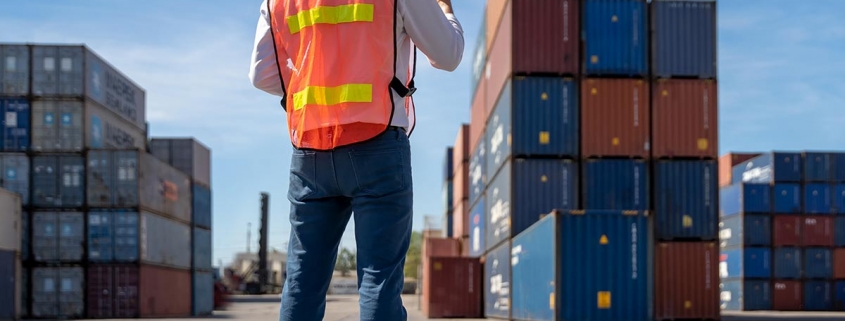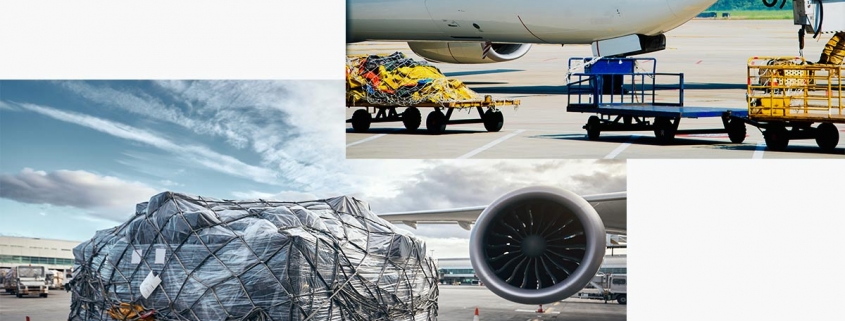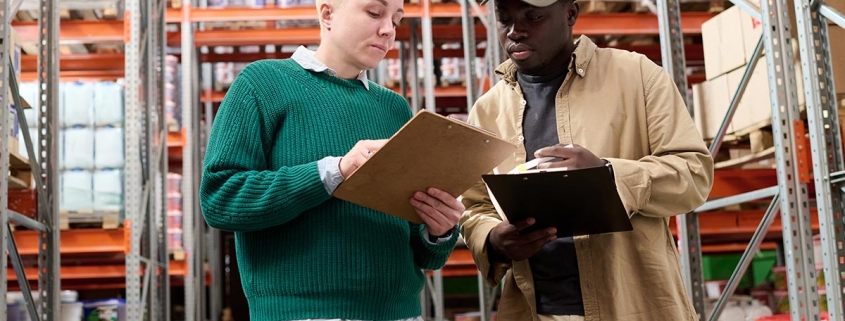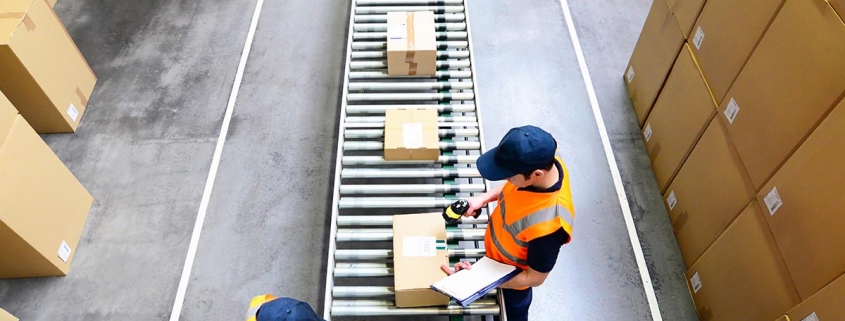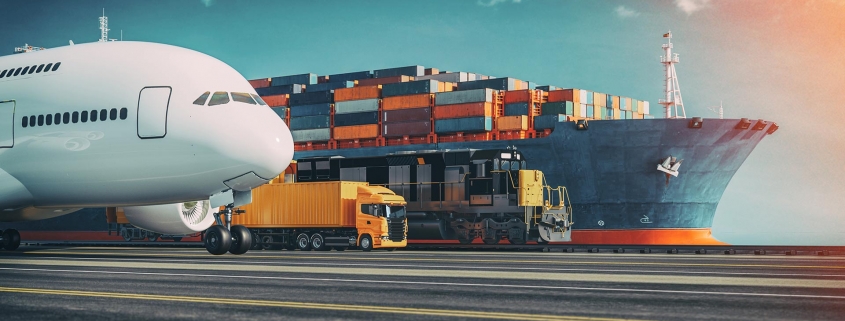Avoiding dishonest practices in the international logistics industry is crucial. Here are several key strategies:
Choose reliable partners: Establish long-term partnerships with partners who have undergone background checks and reputation verification. Check customer reviews and reputation when selecting suppliers and logistics service providers who have a good reputation and reliability.
Clearly define contracts and agreements: Ensure that contracts and agreements with partners are clear and explicit, including delivery deadlines, service scopes, payment terms, etc. Clearly define the responsibilities and rights of both parties to reduce disputes and dishonest behavior during cooperation.
Enhance communication and information sharing: Establish open and transparent communication channels to timely share critical information and progress. By sharing data and tracking the logistics process, ensure that both parties have an understanding and control of the transportation situation, reducing the possibility of information asymmetry.
Implement supervision and auditing mechanisms: Establish effective supervision and auditing mechanisms to conduct regular inspections and assessments of the logistics process. Conduct random checks and quality inspections to ensure compliance and service quality at each stage.
Encourage integrity and implement reward and punishment mechanisms: Establish reward mechanisms to incentivize partners to maintain integrity and provide high-quality services. At the same time, establish institutionalized complaint handling and dispute resolution mechanisms to handle dishonest behavior seriously.
By implementing these measures, international logistics companies can minimize the occurrence of dishonest practices, protect their interests and reputation.
#InternationalLogistics #DishonestBehavior #PartnerSelection #ClearContracts #CommunicationAndInformationSharing #SupervisionAndAuditing #RewardAndPunishment

